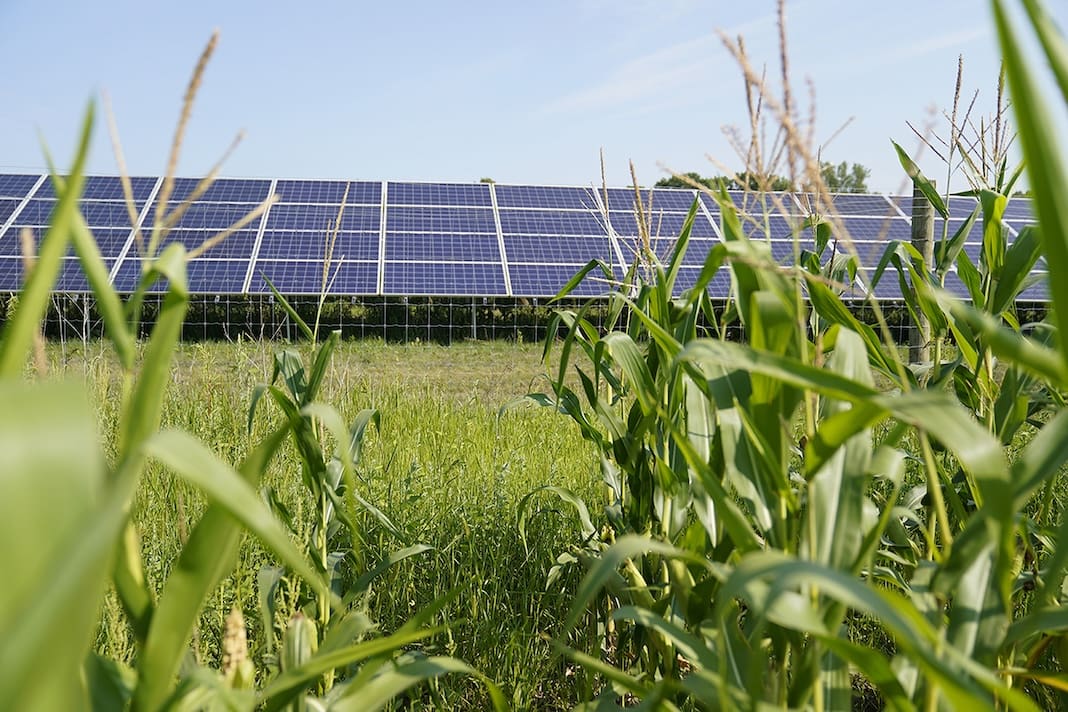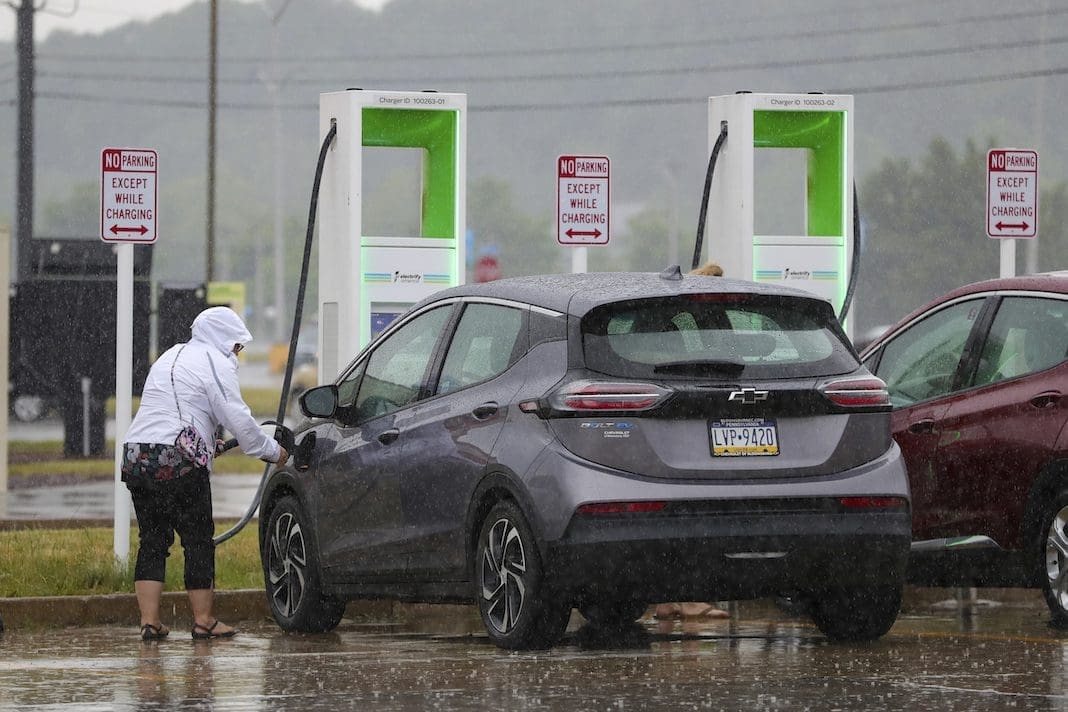President Biden’s Inflation Reduction Act helped a Pennsylvania church save money by upgrading to solar
‘Environmental stewardship is how we return to honoring the great gift God has given us of this world,’ the Rev. Sarah Wheedon said.

In 2022, St. Andrew’s Episcopal Church was facing a budget deficit, and leaders of the Lewisburg, Pennsylvania, congregation worried they might have to cut their clergy to three-quarters time.
“Recently, the church is facing deficit budget, as most small churches are, and our electricity costs were going up faster than anything else,” recalled senior warden Maggie Chappen, who says has been part of the church for 25 years. “Somebody on the vestry said … ‘Well, we should look into solar.’ I’ve actually had a solar array on my property for 10 years, and I’m the only person in the church with that setup. So I was sort of volunteered to be the lead person.”
Chappen told the American Independent Foundation that the idea had come up a decade earlier but was deemed unaffordable for the congregation of fewer than 100 people. During her initial research, she learned there were some tax rebates available to help businesses install solar paneling, but it was difficult for religious congregations to access the benefits. “So it was going to be expensive,” she said.
In August 2022, President Joe Biden signed the Inflation Reduction Act, a law that reduced health care costs and made historic investments in clean energy and curbing climate change. The legislation passed with the support of every Democratic member of the Pennsylvania congressional delegation. Every Republican member voted against the law.
It included significant incentives for individuals, businesses, and organizations to weatherize their property, install heat pumps, buy electric vehicles, and utilize solar panels — incentives available to churches like St. Andrew’s.
The solar array cost the church $65,000. It will get 30% of that, about $20,000, back in tax rebates. With savings in annual electricity costs of about $4,000 a year, up to $1,000 annually in other incentives, and grants available, Chappen expects the project to more than pay for itself within a decade. “The idea of getting $4,000 to $5,000 a year was a big motivator to go the private ownership route,” she said.
In addition to the financial advantages, St. Andrew’s also had a theological motive for the move. Citing its religious obligation to “care for God’s creation,” the national Episcopal Church has adopted requirements that its member congregations become carbon-neutral by 2030.
The Rev. Sarah Weedon, the rector of St. Andrew’s, told the American Independent Foundation:
The first thing we learn in the Bible is the creation story. God created all that is and pronounced it good. Humans have decided we can use and abuse what God has created in the name of progress. Environmental stewardship is how we return to honoring the great gift God has given us of this world. The solar energy project at St. Andrew’s is just one step in repairing the damage we have done to our broken environment. At St. Andrew’s, we recycle our waste, we have reduced our use of plastics, and we are bringing in rain barrels to water our gardens. Every step we take, no matter how small, is a way of returning to a path of wholeness and health for our world. With St. Andrew’s visibility in our community, we hope to inspire other people to think, “If that little church can do it, so can I.”
A nonprofit organization called Interfaith Power & Light provides resources to help congregations save money and become greener.
“This is a great time for congregations to be thinking about this. The Inflation Reduction Act does significantly shift the conversation and makes it much more possible and imaginable for many congregations that might be looking to do this work,” Katie Ruth, the executive director of the group’s Pennsylvania chapter, told the American Independent Foundation.
“What I’ve noticed is that there’s just a lot more conversation happening in general,” Ruth said, ”both around the Inflation Reduction Act opportunities for congregations to go solar and around the climate change conversation in general and how faith spaces are kind of thinking through their responsibility in that context.”
Chappen noted that she has talked to other congregations that are hoping to utilize the Inflation Reduction Act’s incentives to switch to clean energy options. “I’m in conversation with the Jewish temple in Sunbury, they want to do this. The Episcopal church in Bloomsburg wants to do this. There is definite interest, from both a financial and an environmental and a theological reason, that religious institutions are very interested.”
Published with permission of The American Independent Foundation.




